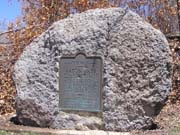
Colorado Historic Markers
|
Colorado Historic Markers |























































Back to Colorado Historic Markers page
Back to Pass Bagger page